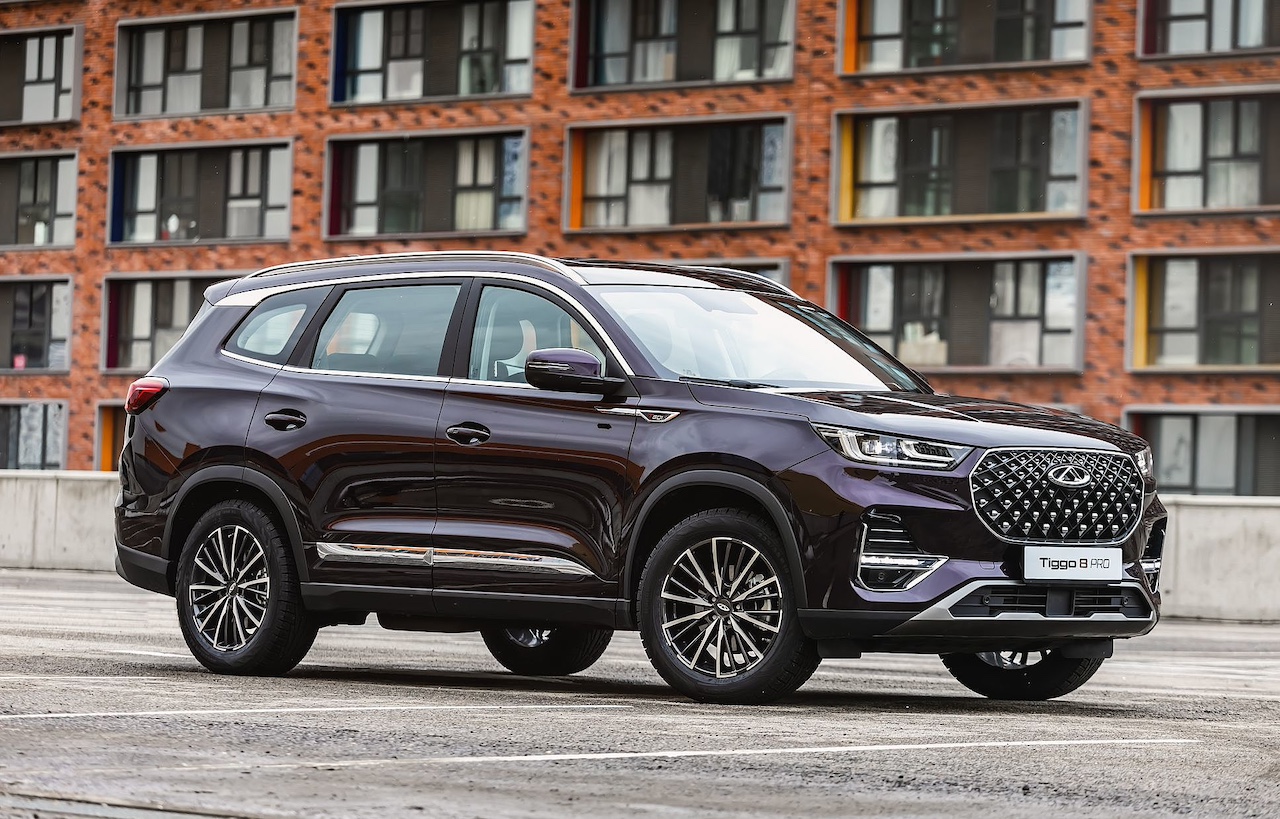
The China car market has emerged as one of the largest and most dynamic automotive markets in the world. In this post, we'll take a deep dive into the intricacies of the China car market, exploring key insights, trends, and analysis that shape this ever-evolving industry. From market dynamics to regulatory changes and consumer preferences, let's uncover what makes the China car market unique.
- Growth and Expansion:
The China car market has experienced rapid growth and expansion in recent decades, fueled by rising incomes, urbanization, and a growing middle class. With a population of over 1.4 billion people, China offers immense potential for automakers seeking to capitalize on the demand for personal mobility. - Electric Vehicle Dominance:
China leads the world in electric vehicle (EV) adoption, driven by government incentives, subsidies, and regulations aimed at reducing air pollution and dependence on fossil fuels. The Chinese government has set ambitious targets for electric vehicle sales, leading to a surge in EV production and investment in charging infrastructure. - Joint Ventures and Partnerships:
Foreign automakers seeking to enter the China car market often form joint ventures with domestic Chinese companies to navigate regulatory requirements and gain access to local expertise and distribution networks. These partnerships have led to the establishment of successful automotive brands and the introduction of innovative technologies tailored to the Chinese market. - Shift Towards New Mobility Solutions:
The rise of ride-hailing services, car-sharing platforms, and autonomous driving technology is reshaping the way people in China access transportation. Urban congestion, pollution concerns, and changing consumer preferences are driving demand for convenient, efficient, and sustainable mobility solutions. - Government Policies and Regulations:
Government policies and regulations play a significant role in shaping the China car market, influencing vehicle production, sales, and emissions standards. From subsidies for electric vehicles to restrictions on vehicle ownership and license plate quotas in major cities, government intervention has a profound impact on the automotive industry's direction. - Consumer Preferences and Trends:
Understanding consumer preferences and trends is crucial for automakers operating in the China car market. Chinese consumers value reliability, safety, fuel efficiency, and advanced technology features when purchasing a car. Luxury brands also enjoy strong demand among affluent Chinese consumers seeking status and prestige.
The China car market offers immense opportunities and challenges for automakers navigating this complex and dynamic landscape. By understanding market dynamics, regulatory changes, and consumer preferences, automakers can position themselves for success in the world's largest automotive market. With continued innovation and adaptation, the China car market will continue to shape the future of the global automotive industry.
Related Posts
Tree Removal in Tigard: A Guide to Safe and Effective Tree Care
Trees enhance the beauty and value of your property in Tigard, Oregon, but there...
Read More
The Church with Pews: A Historical and Cultural Exploration
Churches, as centers of worship and community gathering, have evolved in design ...
Read More
The Future of Electric Vehicles: Trends and Innovations
Electric vehicles (EVs) are rapidly reshaping the automotive industry, offering ...
Read More
Top 10 Must-Have Aftermarket Car Accessories for 2022
Your car is more than just a mode of transportation—it's an extension of your ...
Read More




